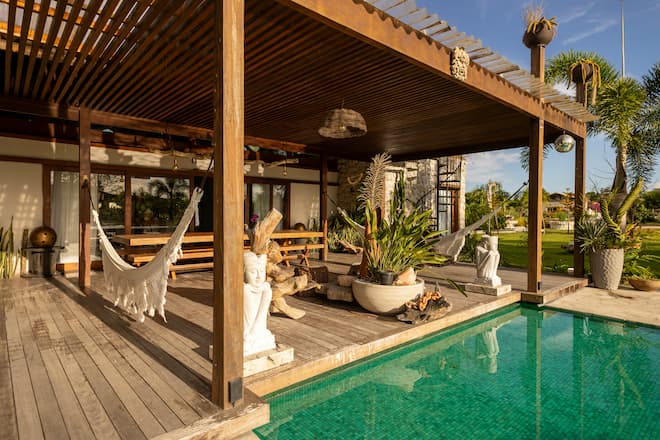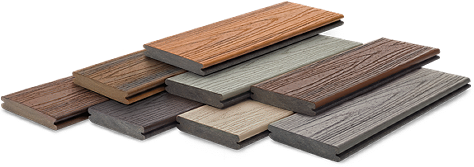Opt for PVC decking with multi-tonal finishes to mimic the warmth and character of natural wood, creating visual interest.
• Tiered Levels:
Design a multi-level PVC deck with different platforms, providing distinct zones for dining, lounging, and entertaining.
• Matching Furniture:
Coordinate outdoor furniture with the PVC decking color scheme for a cohesive and harmonious design.










